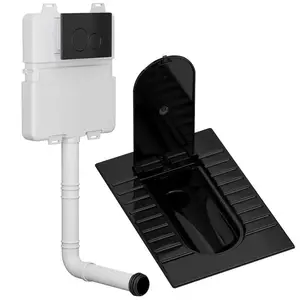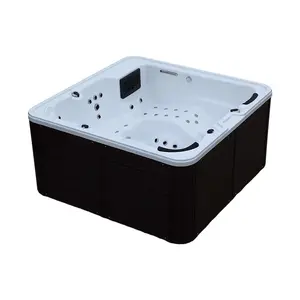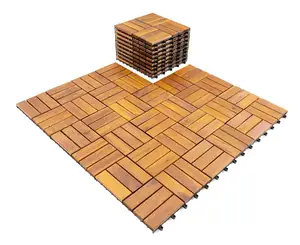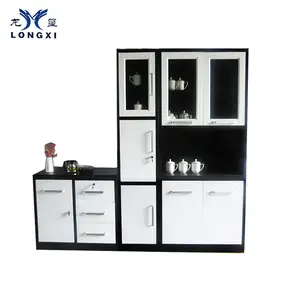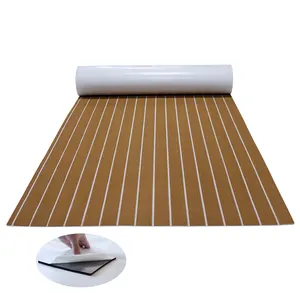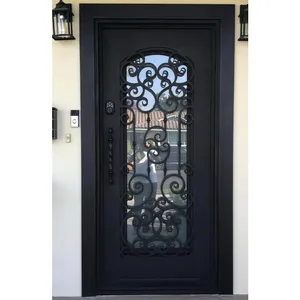Popular in your industry



































































































































































Top categories
About hdpe lining 1000 micron
What is Hdpe Lining For Micron Protection
High-Density Polyethylene (HDPE) lining for micron protection is a specialized material used to safeguard equipment and systems from fine particulate matter. It is a type of plastic lining that is particularly adept at protecting against particles of very small size, often referred to as microns. HDPE is known for its high tensile strength and is utilized in a variety of applications where a reliable barrier is needed to prevent the passage of minute particles.
This versatile lining material is designed for industrial users who require precise control over the movement of small particles. It is commonly found in sectors such as mining, water treatment, and food processing, where the containment and transportation of fine materials are crucial for operational efficiency and safety. The effectiveness of HDPE lining for micron protection lies in its inherent properties: it is lightweight, non-reactive, and has a smooth surface, which collectively minimize the risk of particle entrapment and facilitate easy cleaning.
HDPE lining for micron protection is fabricated by heat-welding sheets of HDPE together to form a continuous, impermeable barrier. This method ensures that the lining provides a seamless and durable layer of protection. The liner can be installed in various configurations to accommodate complex geometries and can be customized based on the specific requirements of the application. As a result, HDPE lining is an excellent choice for maintaining high-purity standards in industrial settings.
HDPE Lining for Micron Protection: Types & Uses
High-density polyethylene (HDPE) lining for micron protection is engineered to meet the demanding requirements of geotechnical and environmental protection projects. The types of HDPE linings available vary in their composition, thicknesses, and installation methods, with each suited for specific applications.
-
Smooth HDPE Linings are characterized by their non-permeable, highly resistant nature which makes them ideal for containment purposes. They are commonly used in landfills, mining operations, and agricultural applications where effective liquid management is crucial.
-
Dual Containment HDPE Linings provide an additional layer of protection by having two separate layers of HDPE. This design is suitable for hazardous material storage areas or chemical processing plants where spill containment is paramount.
-
Textured HDPE Linings feature an embossed surface which enhances the grip of materials such as soil or concrete. This type is often used in secondary containment systems for robust protection against leaks.
-
High-Density Polyethylene (HDPE) Linings with Polypropylene (PP) offer a balance between cost-effectiveness and chemical resistance. They're chosen for projects like underground utility vaults and secondary containment systems in chemical plants.
These various types of HDPE linings are selected based on the specific needs of the project like the type of containment required, the materials being stored or transported, and the environmental conditions they will be subjected to.
How to choose Hdpe Lining For Micron Protection
Choosing the right HDPE lining for micron protection involves several considerations that are critical for ensuring the longevity and effectiveness of the lining. Businesses should evaluate factors such as the material being stored or transported, environmental conditions, required lifespan of the liner, and installation specifics.
For instance, in applications where the environment is highly corrosive or temperature fluctuations are common, selecting an HDPE liner with a higher molecular weight could provide better resistance against chemical permeation and mechanical stress. Alternatively, in situations where puncture or tear might be risks, choosing an anti-static HDPE lining could mitigate these dangers.
It is also important for businesses to consider ease of installation and maintenance when selecting an HDPE lining. Some environments may pose challenges like irregular shapes or limited access, and a liner that offers flexibility without compromising on structural integrity could provide an ideal solution. Additionally, businesses should look into the various industries that utilize these products to understand the specific needs of their potential clients.
About Hdpe Lining For Micron Protection on Alibaba.com
Alibaba.com stands out as a premier online marketplace for businesses seeking high-quality HDPE linings for micron protection across diverse industries. With an extensive network of suppliers offering products that cater to stringent specifications such as UV resistance, chemical compatibility, and various thicknesses suitable for different applications—Alibaba.com provides an unparalleled selection for businesses around the globe.
By choosing Alibaba.com for sourcing HDPE linings for micron protection, businesses benefit from a platform that is not only user-friendly but also supports secure transactions through services like Trade Assurance. This ensures that your investment is protected until your order is fulfilled satisfactorily.
Furthermore, Alibaba.com's commitment to facilitating international trade is evident through its multilingual support system and mobile-friendly shopping experience. Whether your business requires customized solutions or standard bulk orders, Alibaba.com serves as your reliable partner in finding suppliers who can meet your specialized needs while upholding quality standards across various industries including environmental engineering and construction works.
Common FAQs for Hdpe Lining For Micron Protection
What is HDPE lining for micron protection and why is it used?
HDPE lining is a protective layer of material used to safeguard various structures from environmental damage, such as corrosion, abrasion, and chemical attack. It is employed in applications that require long-term durability and resistance to harsh conditions.
How does HDPE lining enhance the longevity of a structure?
HDPE lining shields structures from wear and tear, corrosion, and chemicals, which significantly extends their lifespan. It acts as a barrier between the structure's foundation and the elements, ensuring long-term reliability of the asset.
Can HDPE lining be applied to existing structures?
HDPE lining can be retrofitted to existing structures, but it is essential to evaluate the compatibility with the substrate material and the conditions of the structure to ensure proper adhesion and performance.
What types of projects commonly use HDPE lining?
HDPE lining is frequently utilized in projects involving the protection and maintenance of water and wastewater systems, mining operations, and in industrial settings where the durability and chemical resistance of HDPE are beneficial.
Is it possible to customize the thickness of HDPE lining for specific applications?
Yes, HDPE lining thickness can be customized based on the requirements of the application, with thicker linings offering greater protection against aggressive chemicals or mechanical stresses.
How is HDPE lining installed?
HDPE lining is typically installed by trained professionals who adhere to the manufacturer's guidelines. The process involves cleaning and preparing the substrate, applying the lining material, and then welding or sealing it according to the lining manufacturer's instructions.
What should be considered when choosing between different HDPE lining materials?
When selecting HDPE lining materials, consider the type of protection needed, the environmental conditions the lining will face, the compatibility with any chemicals in the system, and the lining's mechanical properties.
Can HDPE lining be repaired if it is damaged?
HDPE lining can be repaired through various methods depending on the extent of the damage. For minor punctures or tears, patch kits are available. Larger damages may require sections of the lining to be replaced.
Are there any industry standards for HDPE lining that businesses should be aware of?
Yes, there are industry standards such as ASTM (American Society for Testing and Materials) that specify testing methods for HDPE lining materials to ensure they meet certain quality standards. It is important for businesses to be aware of these standards relevant to their industry.
What is the expected service life of HDPE lining materials?
The service life of HDPE lining materials varies depending on their use conditions, but they are generally designed for durability and can last several decades when properly maintained. Factors such as exposure to sunlight and harsh chemicals will influence their longevity.
How does temperature affect the performance of HDPE lining materials?
Extreme temperatures can cause HDPE lining materials to degrade or become brittle. It is important to select a material that can withstand the specific temperature range it will be exposed to within the structure.
Is HDPE lining environmentally friendly?
HDPE is a recyclable material; however, its environmental friendliness also depends on how it is disposed of at the end of its useful life. Proper disposal methods should be followed to minimize environmental impact.
